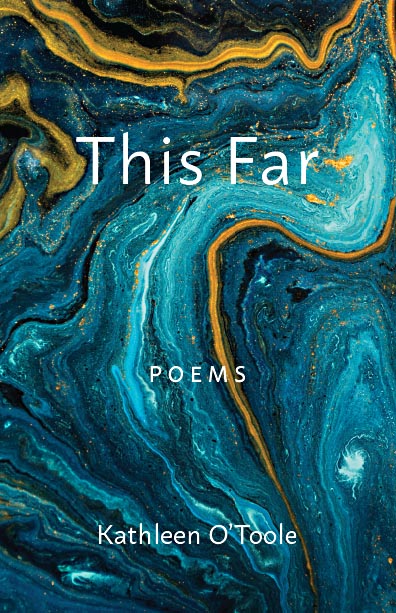Geology and Grief on Serifos
Limestone wrinkles of land once heaved up
at the crash point,
now soft tones of chaffinch chatter, the drift of time…
Igneous extrusions square against Aegean blue.
A rocky outcrop −foreleg of a crouching mammoth
extended into the sea.
Byzantine ampullae and blessed oil in vessels,
tools of stone and bone preserved.
It could be that grief too, craters and caves.
Your beloved dead are not tattooed on your biceps.
Find them gravelling down from a forest’s hold of shrubs
and fruiting pear, pistachio flower.
The view above Kalo Amperi: two sailboats in a turquoise cove.
Beyond the bend, a narrow trail of schist and shrub.
Immersed in this sea, my strokes decouple
from old habits of receiving air.
The current’s lift surprising as an Archangel’s wing.
Igneous intrusions. Sound of a walking stick
on granite stairs. My grief −a chisel
on the rockface of Hora. Wind is master here,
despite the sunrise casting shadows −a steeple
cross and bell on whitewashed stone.
light breeze in the cypress
sun edging up
a shift in the wind
black swallowtail lands
on a cactus flower
Bougainvillea, oleander, sea bream.
Issue 57, February 2024
O’Toole’s visionary poems explore the boundaries between light and dark, past and present, life and death.”
—Michael Simms
